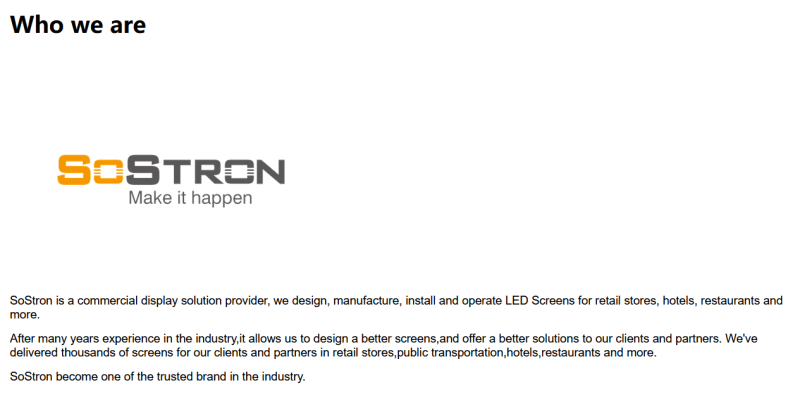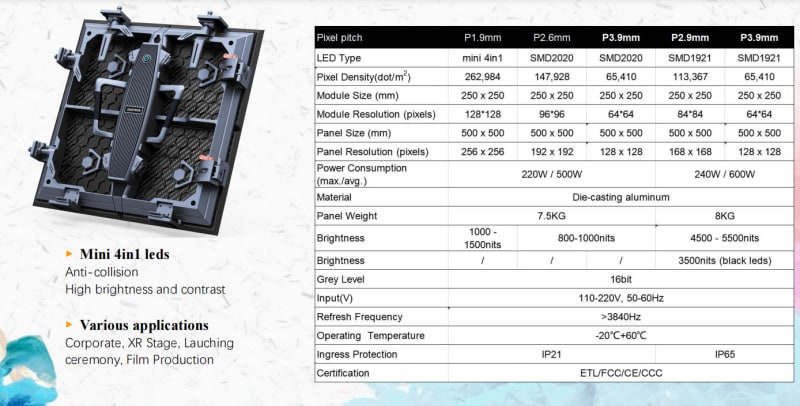The development of LED display control software has gone through many stages, from the initial simple control to today's complex, highly customized solutions. Free outdoor LED display solutions are provided.
The following is the main development history of LED display control software:
Early stand-alone control:
Early LED display control software was usually based on a single computer application. Users can control what's on the screen by connecting to a computer. These software typically provide limited functionality and are primarily used for the display of text and simple images.
Serial communication:
With the development of technology, LED displays begin to support serial communication, such as RS-232 or RS-485. This allows the control software to communicate with the LED screen through the serial port, thus enabling more control functions and remote management.
Cloud control:
The rise of cloud computing technology has promoted the development of LED display control software. Users can connect to the cloud via the Internet to remotely manage and update content on the LED display from anywhere. This approach provides greater flexibility and convenience.
Multi-screen and stitching support:
With the popularity of large-scale LED display walls, control software has begun to support the simultaneous control and splicing of multiple LED screens. This multi-screen support allows users to create larger, more complex display systems.
graphic interface:
Control software is increasingly moving towards user-friendly graphical interfaces, allowing users to easily drag and drop elements, edit content and preview effects. This makes content creation and management more intuitive and efficient.
Cross-platform support:
Control software begins to support different operating systems, such as Windows, macOS and Linux, to meet the needs of different users and applications.
Media playback and interactivity:
Control software increasingly supports the playback of multimedia content, including video, audio and animation. Some software also supports interactivity, allowing viewers to interact with the screen, such as voting or touch-screen operations.
Automation and Scheduling Features:
The control software adds automation capabilities, allowing users to pre-plan and schedule the playback time of displayed content so that the content is automatically updated as scheduled.
Big data and analytics:
Some advanced control software has begun to integrate big data analysis functions to help users understand the audience's response and the effectiveness of the content.
Some control software provides mobile applications that allow users to remotely control and monitor LED displays through smartphones or tablets.
In general, LED display control software has experienced an evolution from simple local control to complex remote management and multimedia content playback. In the future, with the continuous development of technology, LED display control software will continue to evolve to meet growing needs and innovative applications.
Thank you for watching. I hope we can solve your problems. Sostron is a professional LED display manufacturer. We provide all kinds of displays, display leasing and display solutions around the world. If you want to know: What should you pay attention to when leasing indoor LED display screens? Please click read.
Follow me! Take you to know more about led display knowledge.
Contact us on WhatsApp:https://api.whatsapp.com/send/?phone=8613570218702&text&type=phone_number&app_absent=0






Top comments (0)